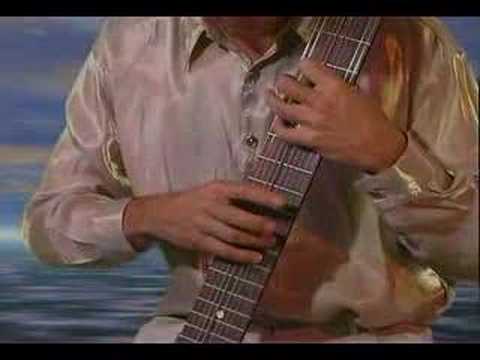@mem, Wow, this is beautiful Marie-Elaine!!! You’ve built the perfect shell of an arrangement. The melody is perfect, the chords are perfect, and you’ve got everything lined up rhythmically in exactly the right places. And if you can do this with “The Rose” then you can do it with any song in the world, so I’m very happy for you that you’ve really understood these basic principles and that you’re able to use them to create your own arrangements.
One really nice thing about the song you’ve chosen is that it has a strong melody that stays very constant, meaning that there aren’t any “melodic deserts” where the melody just kind of stops and a bunch of measures go by. This means that the song even works very well in “rubato” (meaning free time with no tempo) which is very helpful when you’re just learning to play your own arrangement.
Would you add some chord notes as a next step?
FWIW, here’s how I see the process and where you are currently. There is an initial period of just understanding the structure of a song and learning to recreate that structure on the guitar. During this period, it’s a mistake to worry too much about the final product. Don’t get drawn into the temptation of beautifying your arrangement, composing little phrases or accompaniments that are going to sound great. All of that comes later, but right now it can become a distraction from the work that we need to do first, which is simply to learn to see the lay of the land.
For this reason, in my opinion the next step of the process would be exactly what we do in Chord Melody Guitar 1, which is to fill in the choir and add chord notes to your arrangement. It doesn’t matter if you like all of these chord note choices because we’re going to throw all of this away when we move on to the next phase of our process. But just as it’s been helpful for you to see clearly the relationship between each melody note and the chord roots that you’re playing, it will be just as helpful to fill in the choir and appreciate how the melody note relates to all of the notes of each chord.
But remember that we haven’t even begun to sculpt our true creative output. We’re still just learning to visualize the structure of the song, both melodically and harmonically, on the fretboard of the guitar. So you don’t have to worry about learning to execute all of those chord voicings smoothly. Some of the chord changes won’t be smooth at all, because logistically there are only certain things that the left hand can do smoothly. This is why it’s nice to work with a song that has a strong melody like “The Rose”, so that you can do all of this exploration very slowly in rubato and you can still feel the beauty of the song.
Then as soon as you’re able to play the melody accompanied by fuller chords, that’s when you’ve really completed the learning phase and you’re ready to graduate to the performance phase. That’s the fun part, because that’s where you can now start taking things away, sculpting your arrangement so that it’s both more impactful musically and simultaneously much easier to play. That’s also when you can express your own creativity, adding new melodies and riffs in your accompaniment. And you can continue to enjoy embellishing your arrangement for the rest of your life, because your musical possibilities will grow as you grow.
But my advice would be to hold off on that creative exploration for just another couple weeks, and first give yourself time to simply add chord notes to the arrangement you’ve started, so that you have an even more solid grasp of the musical landscape before you start taking things away.
If you run into any technical challenges or questions in that process, please bring them to the forum so we can discuss! Thank you so much for sharing a recording of your work. For me, this is the most valuable content on the forum because it’s such a privilege to see how other musicians are using some of the same concepts that we’re all studying. So I really appreciate your generosity in revealing some of your process with us!
David





